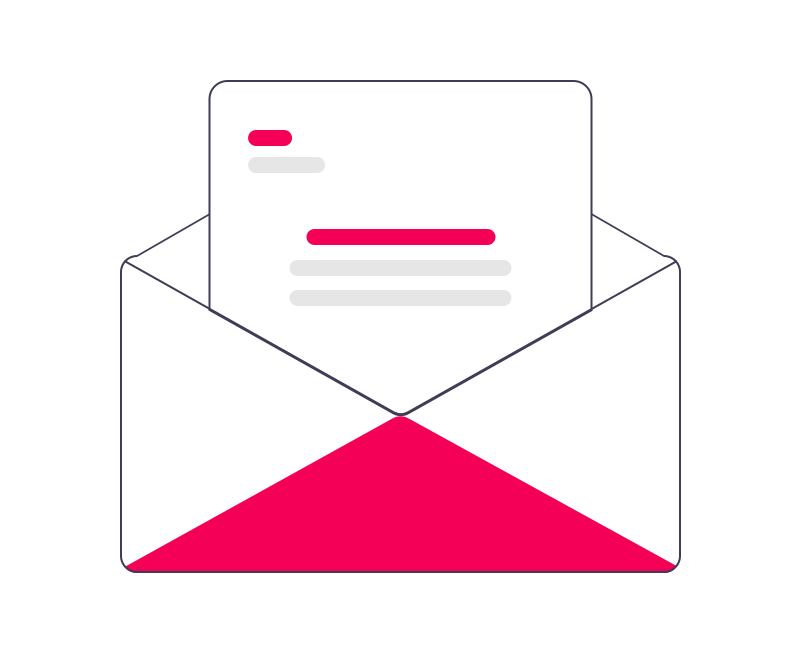Facebook Ad Copywriting: The Ultimate Guide
Facebook ads represent both an enormous opportunity and a significant challenge. With users scrolling quickly through their feeds, your ad has seconds to capture attention and convince them to stop and engage.
This comprehensive guide will walk you through creating Facebook ad copy that breaks through the noise and drives real results.
Why Facebook Ads Require Specialized Copywriting
Facebook isn't a search platform—it's an interruption platform. This changes everything about how you approach your copy:
- Users aren't actively looking for solutions
- Attention spans are extremely short
- Trust barriers are higher than search ads
- Visual elements play a crucial role
Part 1: Establishing Your Brand Image
Consistency Across All Touchpoints
Your Facebook ads should feel like a natural extension of your brand, not a separate entity.
Key Questions to Ask:
- Is your brand image clear and consistent?
- Does it align with what you're selling?
- Is it appealing to your target market?
- What emotions does it evoke?
Exercise: Define Your Brand Emotions
Complete this statement: "Our brand makes customers feel ______ because ______."
Part 2: Solution-Oriented Copywriting
Focus on Transformation, Not Features
Facebook users care about how your product improves their lives, not its technical specifications.
Instead of: "Our software includes advanced analytics"
Use: "Make data-driven decisions that grow your business"
Lifestyle and Benefit Emphasis
Show the end result of using your product:
- More free time
- Reduced stress
- Increased confidence
- Financial security
- Social acceptance
New to copywriting foundations? Start with our complete copywriting checklist for beginners.
Part 3: Leveraging Social Proof
Why Social Proof Matters on Facebook
Users are inherently skeptical of Facebook ads. Social proof builds immediate credibility.
Types of Social Proof to Include:
- Customer testimonials with photos
- User-generated content
- Case study results
- Media features or mentions
- User count or satisfaction statistics
Implementation Tips:
- Feature real customer names and photos
- Include specific results and numbers
- Use video testimonials when possible
- Highlight recognizable brands you've worked with
Part 4: Creating Urgency with Scarcity and FOMO
Effective Urgency Triggers
Time-Based Scarcity:
- "Offer ends Friday"
- "Only 48 hours left"
- "Registration closes tonight"
Quantity-Based Scarcity:
- "Only 10 spots remaining"
- "Limited inventory"
- "First 50 customers get..."
Avoiding Fake Scarcity
Users can detect dishonest urgency tactics. Ensure your scarcity is genuine to maintain trust.
Part 5: Crafting Killer Headlines
Headline Best Practices
After your visual, your headline is the most important element for stopping the scroll.
Effective Facebook Ad Headline Formulas:
- Question-Based: "Tired of [common frustration]?"
- How-To: "How to [achievable goal] without [common obstacle]"
- Number-Driven: "[Number] Ways to [desired outcome]"
- Problem-Agitation: "The [problem] most [target audience] struggle with"
Length and Specificity
Keep headlines brief but specific enough to show relevance to your target audience.
Good: "How YOU can improve your brand image and sell more"
Better: "5 ways to boost your brand and increase sales"
Part 6: Using Sub-Headers Effectively
The Role of Sub-Headers
Sub-headers provide additional context and reinforce your value proposition.
Effective Sub-Header Techniques:
- Clarify the specific benefit
- Address potential objections
- Provide social proof
- Create additional curiosity
Example: "Get my free sales-boosting minicourse when you enter your email address"
Part 7: Visual and Formatting Optimization
The Power of Images and Video
Research shows images increase engagement by over 100% compared to text-only posts.
Visual Best Practices:
- Use high-quality, relevant images
- Consider color psychology (yellow performs well)
- Include people when appropriate
- Test video vs. image performance
Copy Formatting for Readability
Break up text to accommodate short attention spans:
- Use short paragraphs (2-3 sentences)
- Incorporate bullet points
- Add emojis strategically
- Include plenty of white space
Part 8: The Complete Facebook Ad Copy Checklist
Pre-Publish Review Questions:
- ✓ Is the brand image clear and consistent?
- ✓ Does the copy focus on customer transformation?
- ✓ Is social proof incorporated effectively?
- ✓ Does scarcity/FOMO feel genuine and compelling?
- ✓ Is the headline attention-grabbing and relevant?
- ✓ Does the sub-header provide additional value?
- ✓ Is the visual element high-quality and engaging?
- ✓ Is the copy formatted for easy scanning?
- ✓ Is the call-to-action clear and compelling?
- ✓ Have you included emojis where appropriate?
Testing and Optimization Strategies
What to A/B Test:
- Headline variations
- Different visual approaches
- Various urgency triggers
- Social proof placement
- Call-to-action wording
Key Metrics to Monitor:
- Click-through rate (CTR)
- Cost per click (CPC)
- Conversion rate
- Return on ad spend (ROAS)
- Frequency and relevance score
Conclusion: Breaking Through the Facebook Noise
Successful Facebook ad copy requires understanding the unique psychology of social media users. They're not actively searching for solutions—you're interrupting their social experience.
By combining compelling visuals with benefit-focused copy, genuine social proof, strategic urgency, and clear calls-to-action, you can create Facebook ads that don't just get seen—they get results.
Remember: The best Facebook ads feel less like ads and more like valuable content from a trusted source.
Ready for Other Platforms?
Master Instagram hashtag strategies and other social media optimization techniques.










.png)









0 Comments